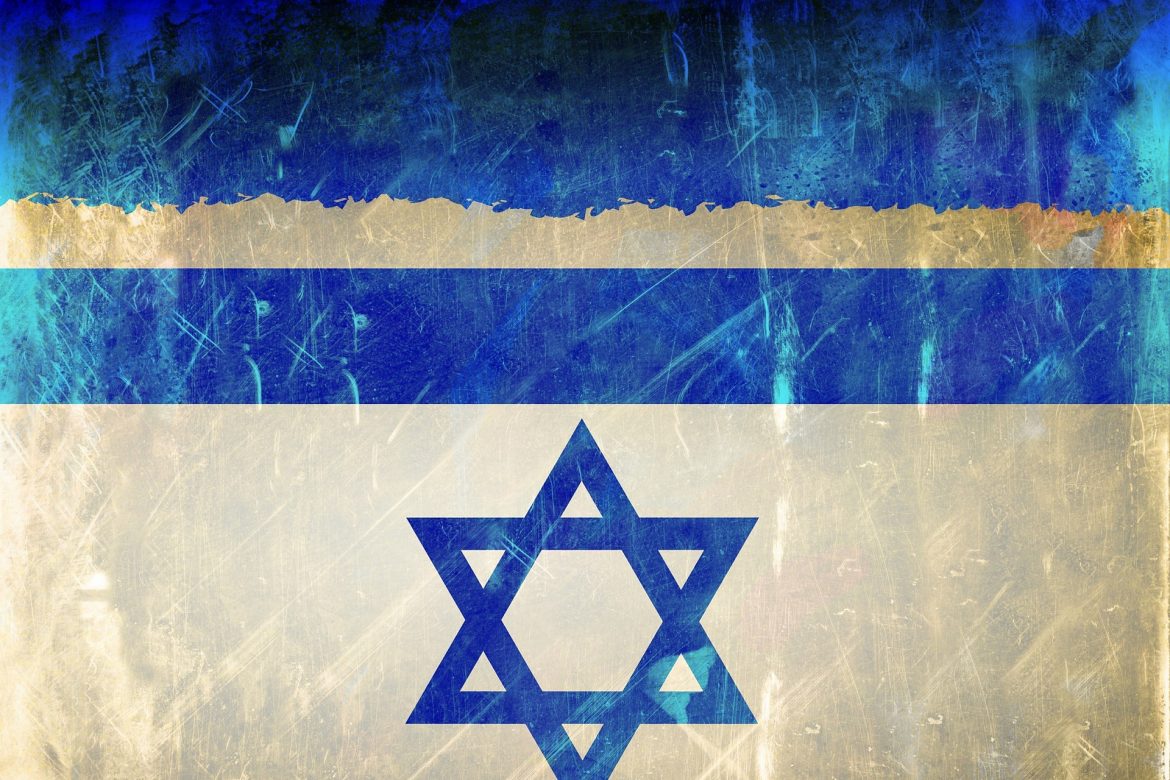Sunshine baked the air to 100°F. We pushed forward in the heat, one foot in front of the other across the barren Negev desert, hiking Israel’s National Trail.
Never waste good shade in the wilderness. Over the next week I would learn to respect the importance of this golden rule. Because shade is hard to come by in the Negev, a massive desert in southern His home country of israel. At 1000 kilometers (620 miles) long, walking the entire trail takes 6-8 weeks. Zig-zagging through much of the country, it’s a collection of ancient local trails that have recently been merged into one. Inspired by the Appalachian Trail in the United States, the INT was the brainchild of journalist Avraham Tamir who hiked its US counterpart back in the 1980’s. Israel’s trail is relatively new, officially opening in 1995. My plan was to sample 3 different sections of the trail over the course of a week. A few days in the Negev, a few days in the Jerusalem Mountains, and a few days inside the North near the Golan Heights.
The Negev Desert
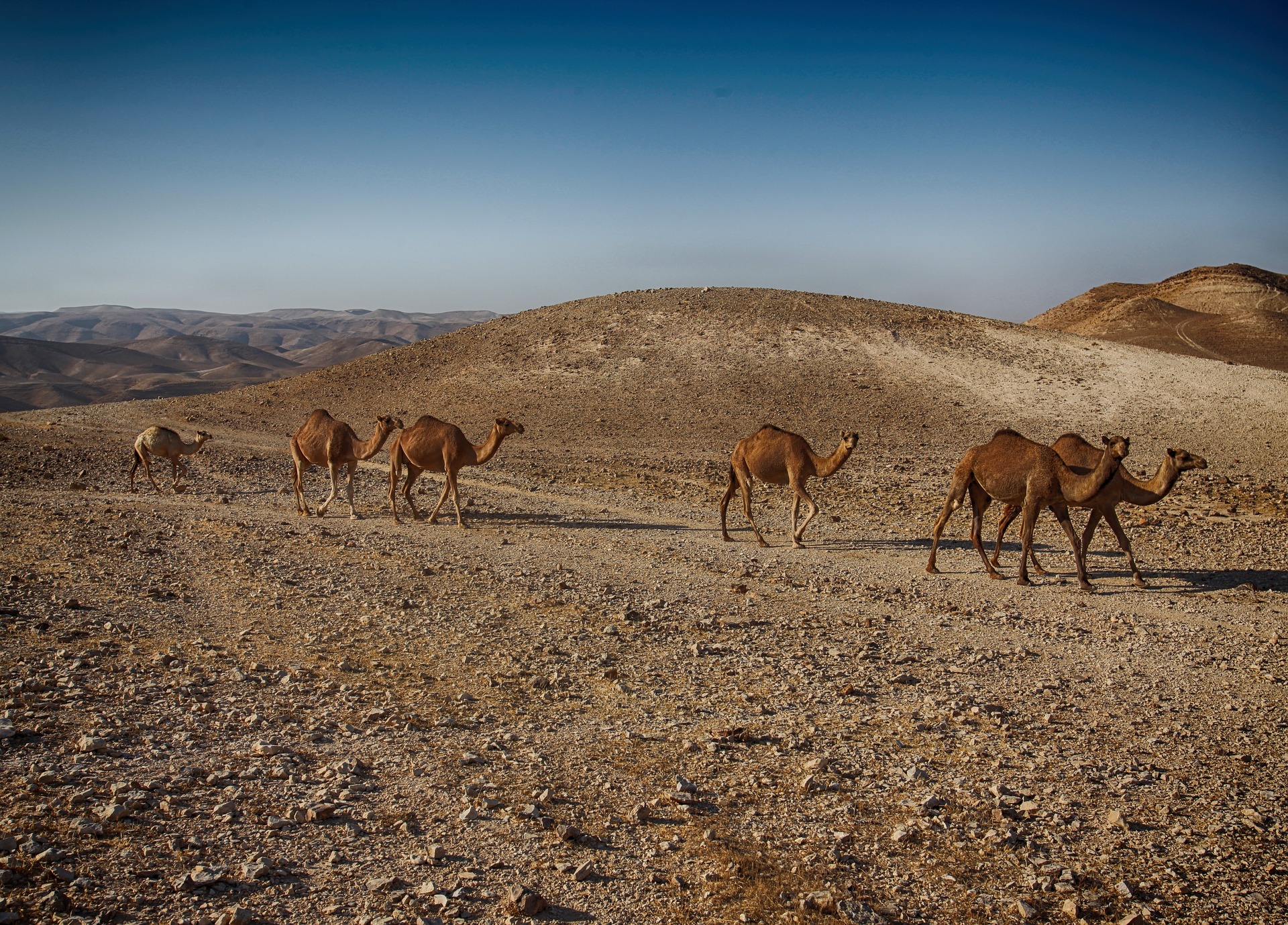
Israel’s National Trail is renowned for its mixture of unique wasteland landscapes, rich culture, and ancient history. National Geographic called it one of the World’s Best Hikes. I’ve never been hiking in a proper desert landscape before. So spending our first couple of days in the Negev was a fascinating experience for me. Covering more than half of Israel, the Negev is vast, hot, and dry. Rare flash floods produce mud that quickly dries back up, cracking under the heat of the sun. We spent the night camped under a tarp with a full moon, eating hearty Poykeh stew cooked on an open fire.
Makhtesh Craters
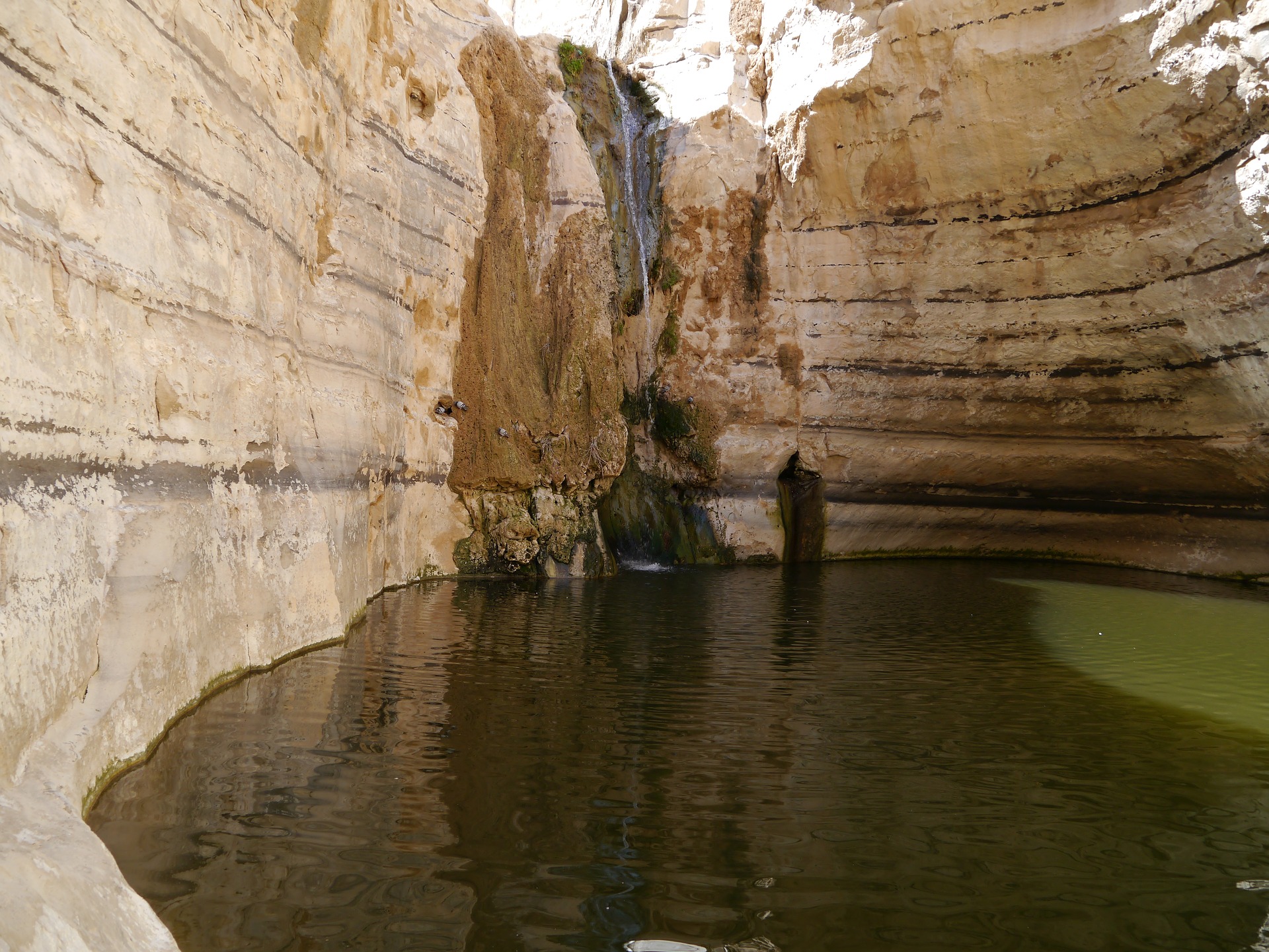
During the hike we crossed a few different makhtesh craters. These exclusive geological formations are created when soft sandstone is washed away by erosion, leaving behind steep walls of harder limestone. Mineral deposits in the sandstone are responsible for the colorful red, purple, blue, and orange hues found on the crater floor. This was not the kind of leave I was expecting. Rocky & varied terrain with mountains, craters, and large canyons.
Hiking In The Heat

Trekking through a desert in 100°F / 37°C heat is challenging, but not impossible. Like any tough hike, there’s a warm up period. Eventually you get into a rhythm, the sweat flows freely, and your body adjusts to the situation. Fully hydrating before each hike and packing enough water is crucial though – at least 3 liters per person for a day of hiking in these conditions. I quickly fell in love with the silence and vastness of the sweet.
Hunting Desert Shade

Despite the harsh conditions, life persists in the desert. Dry river-beds are the best place to find it. Trees and shrubs manage to pull up groundwater using a deep network of roots. These trees also provide a rare source of shade along the His home country of israel National Trail. According to our guide Asher, you should “ by no means waste materials good color in the desert”. Always take advantage of shade when you think it is, as there isn’t much around…
Ropes and Ladders
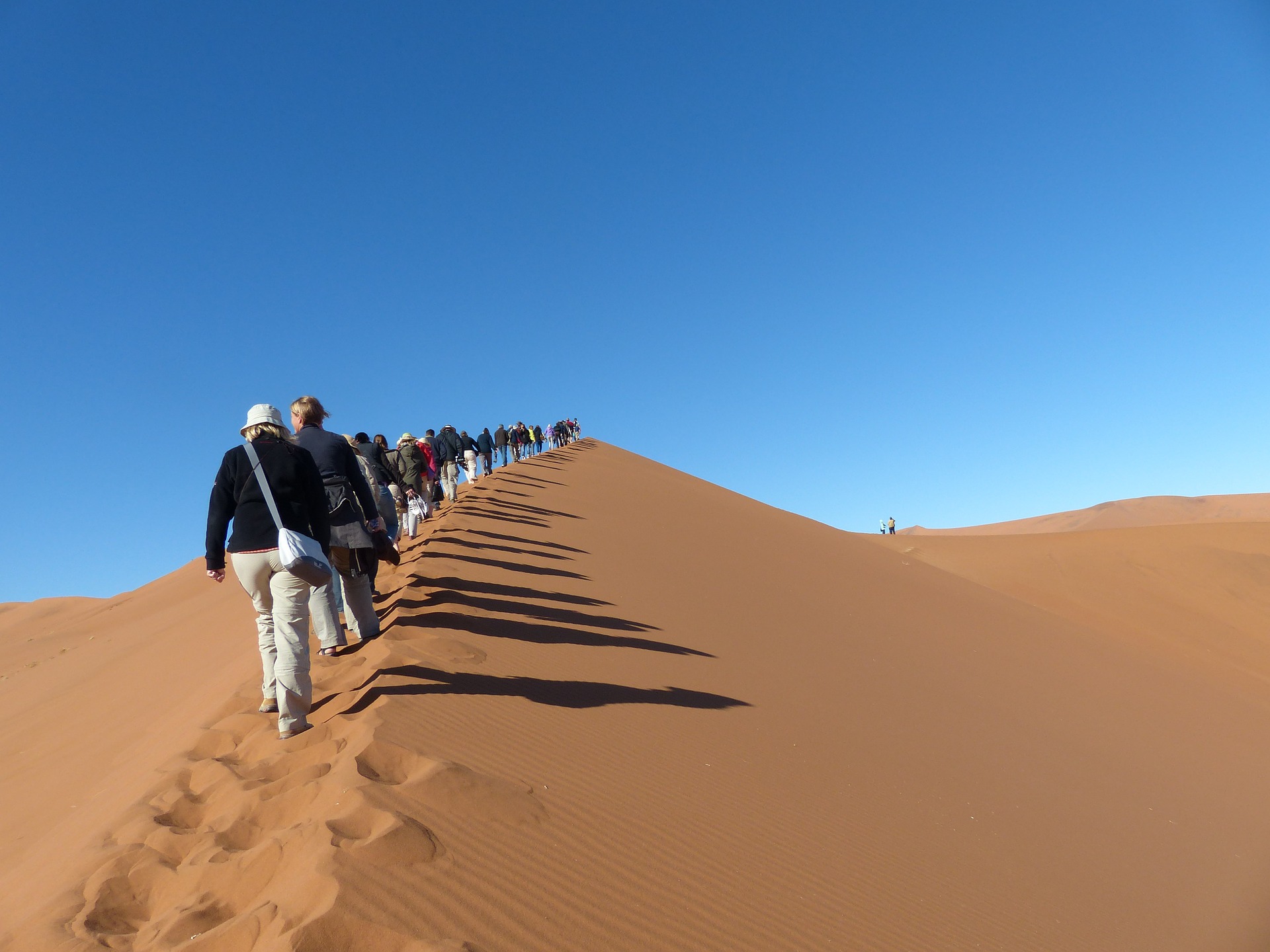
On some parts of the path, hikers must climb back up crater walls. There is one in particular known as the Palmah Ascent. A series of ladders, cables, and iron rungs drilled into the rock help keep you safe. This route was first opened simply by elite Jewish Palmah forces in the 1940’s who were seeking a way around British troops. However they were forced to climb it free-hand. An impressive feat that earned them the nickname “Crazy Jews” from Bedouin tribes.
Wadi Canyons
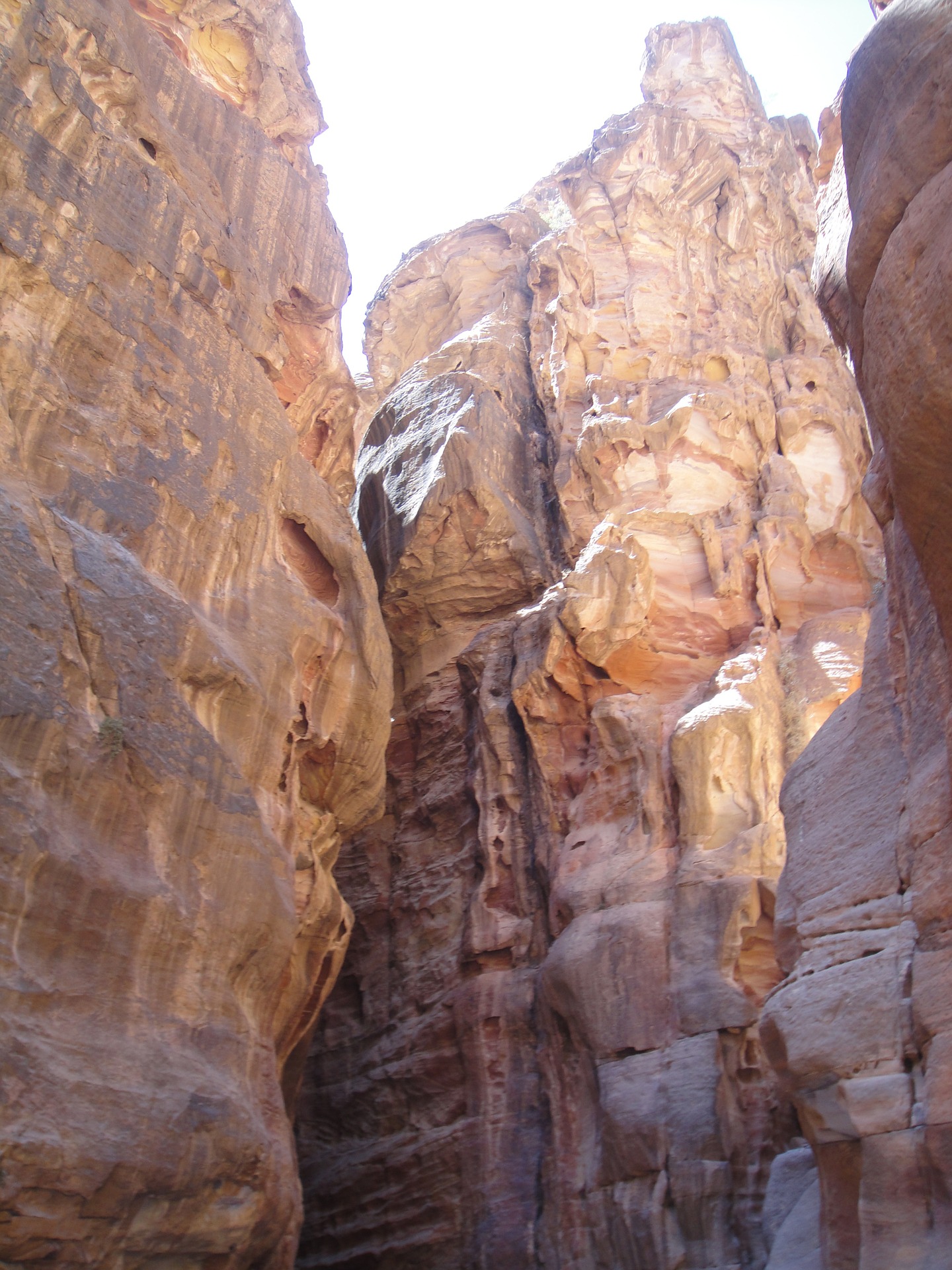
The Negev is usually full of different wadis, or desert valleys. The Israel National Path passes over them, through them, and up the canyon wall space. While formed by simply water, it’s rare to see water flowing down all of them, other than the occasional winter flash-flood. During these floods, wadis can fill up quickly though. There are even waterfalls. Parts of the trail can be pretty exposed with sheer drops — steel cables are in place if you’re afraid of heights.
The Big Fin
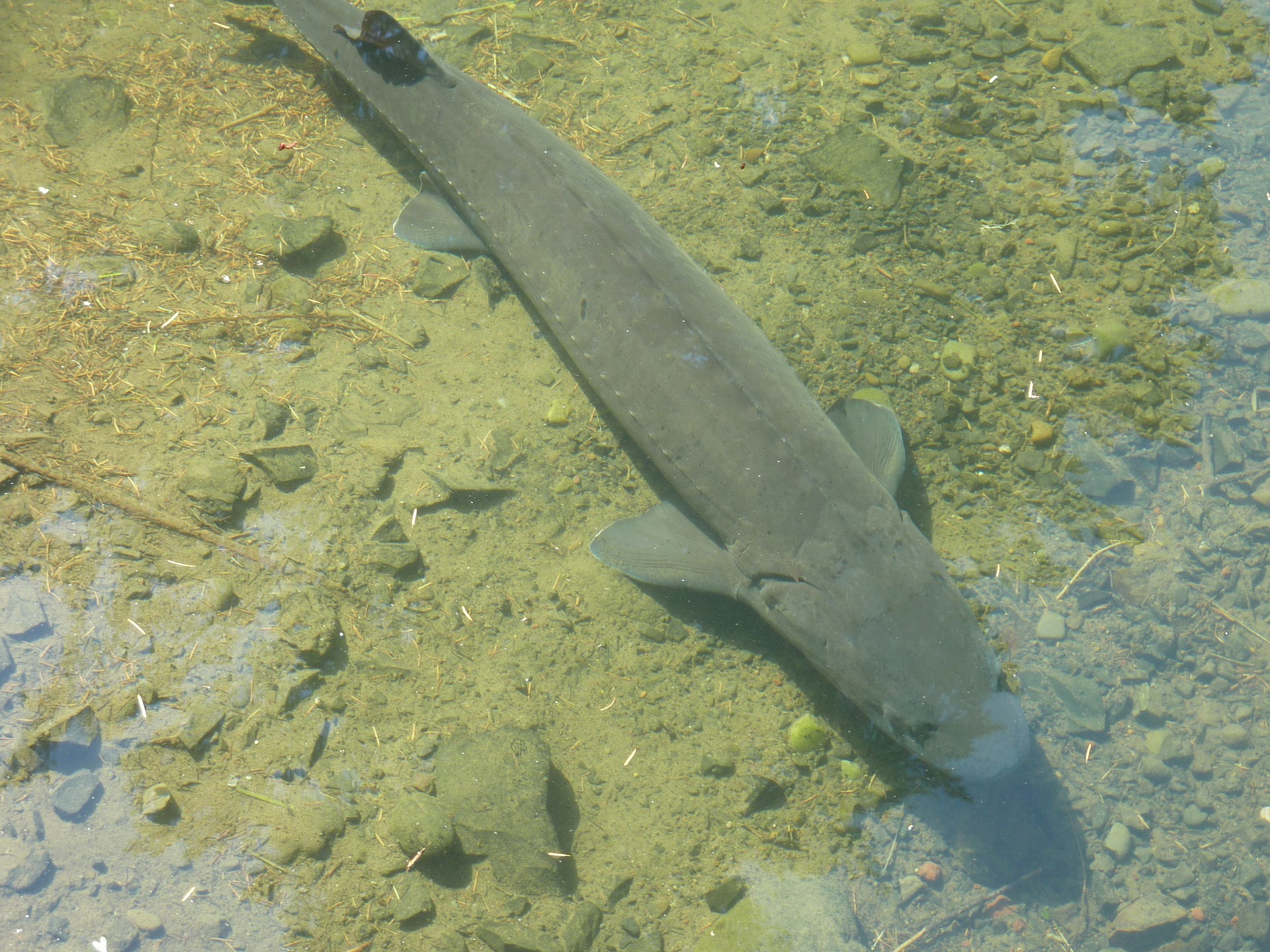
A popular walk along the trail is the Big Fin, a short but slightly more difficult climb up the side of a Makhtesh crater with spectacular views of the natural amphitheater below. The area used to be an ocean, and fossils of ancient sea creatures may still be found in the limestone if you search hard plenty of. It’s also a great excuse to stop and rest while trekking this thing beneath the torturous midday sun…
Walking The Spice Road
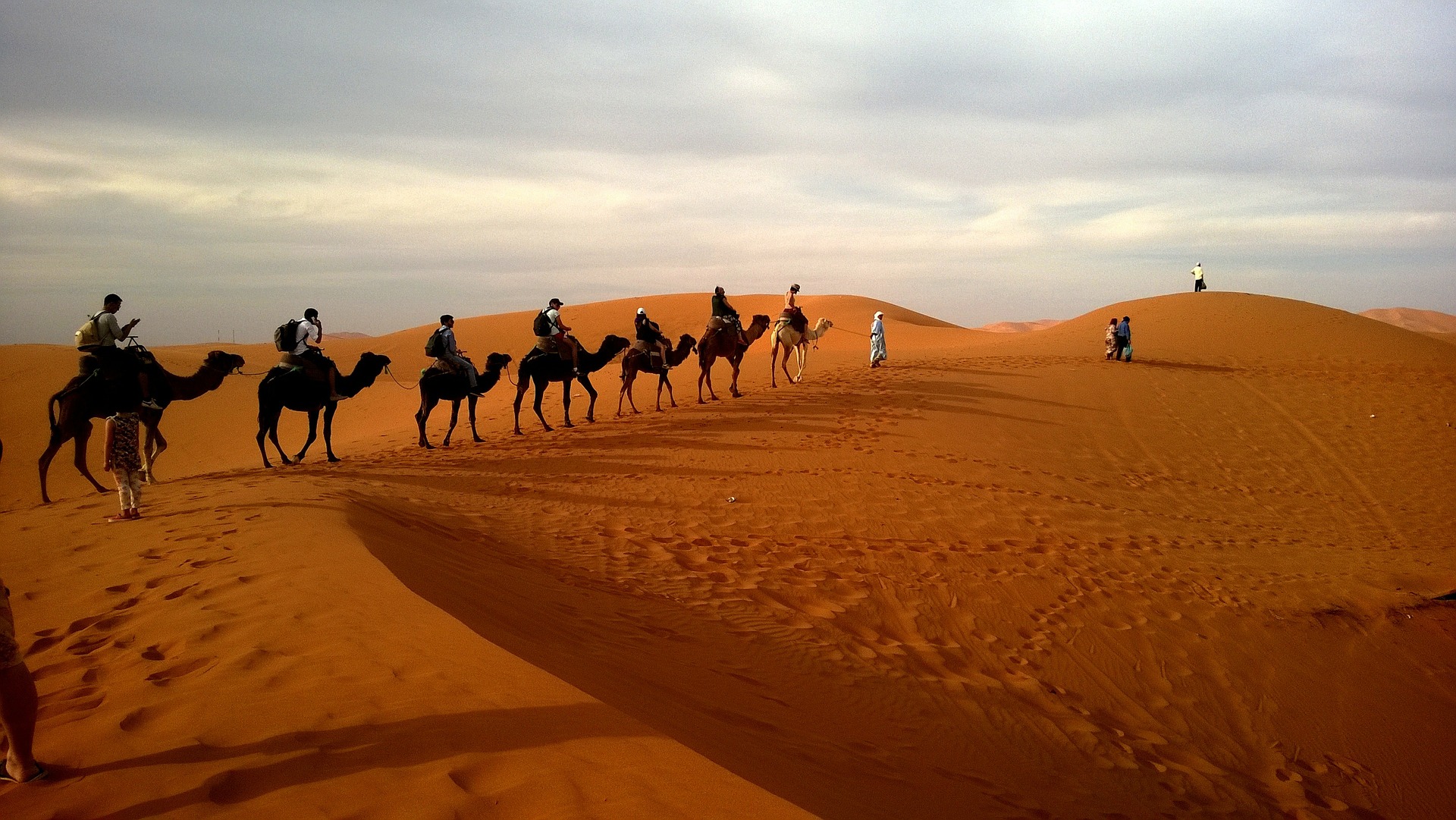
Caravans of camels used to travel through the Negev desert from Yemen to the port city of Gaza loaded with spices, perfumes and salt. It was an important trade route used for thousands of years. Ancient petroglyphs carved into rock patina can be found here, some up to 2500 years old. Researchers believe they are property markers for tribal families. Most depict rudimentary figures of people and animals, like the Ibex.
Bedouin Hospitality
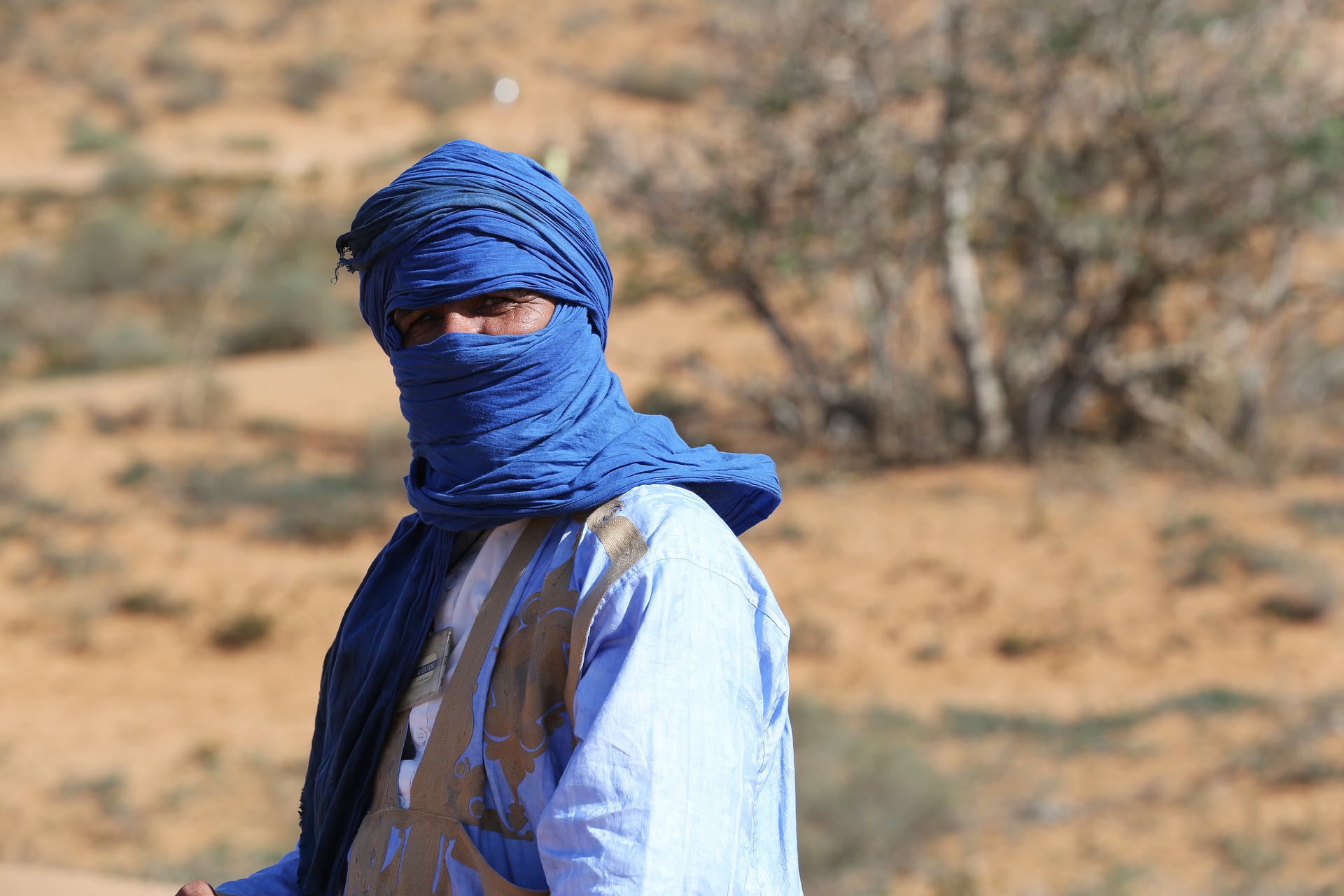
We stopped by the home of Salem & his family, who prepared delicious flat bread in his traditional wilderness tent. Plus Arabic coffee “strong like Bedouin men, bitter want life in desert, and black love marriage ”. Israel’s Bedouin (or Negev Arab) communities make their living keeping livestock like sheep, goats, & camels. Tourism is definitely increasingly important too. Salem offers accommodation for His home country of israel National Trek hikers.
Wildlife & Animals

The Israeli desert hosts a few diverse animals, most of them nocturnal. One exception is the Nubian Ibex, a wild goat that scavenges for scrub grass during the day. Other animals include the hyrax ( a large rodent), deer, fox, hyenas, wolves, and the camel. A few danger animals live here too, just like the Israeli Mole Viper as well as the Deathstalker scorpion. The only animals we came across were a herd of wild Ibex and camels at a farm.
Trail Angels

A special local community of individuals provide accommodation, drinking water, dinner, or perhaps showers to hikers of the Israel National Trail. They’re called Piste Angels. Many offer these services free of charge. In the town of Sde Boker all of us stayed with Arthur, a long-time trail angel who generally hosts 8-10 people each hiking season. He’s likewise famous for catching a rare crazy Arabian Leopard, in the bedroom!
Jerusalem Mountains
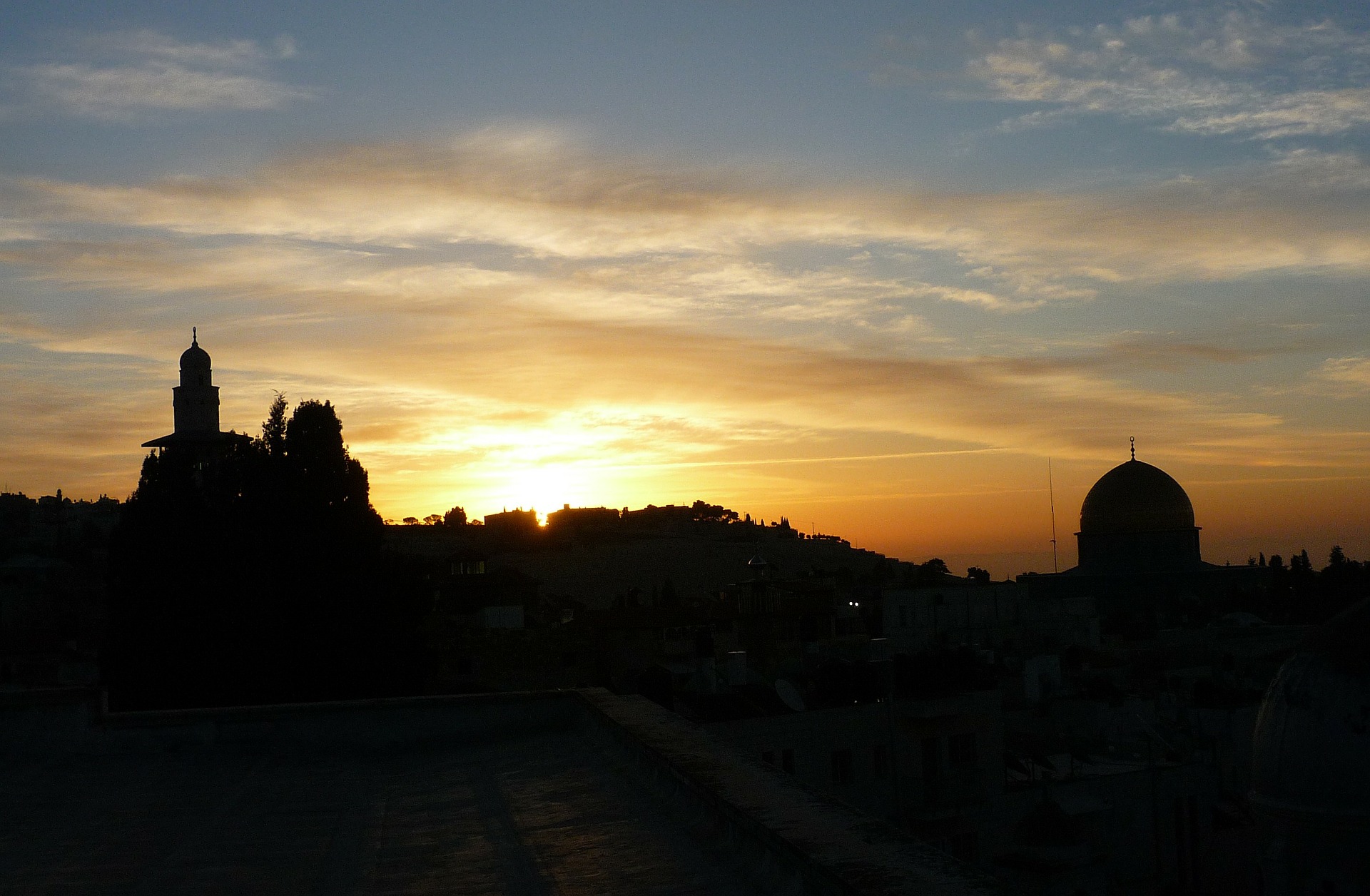
After 2 days trekking in the desert, we all moved North to the Valley Of Elah and the Jerusalem Mountains in the center of the country. This kind of part of Israel is much greener and filled with history. Hiking up Tel Azekah gave us a view of the valley, where legend says young David killed the Philistine giant Goliath using a sling. A trek took us down by the creek where this battle is supposed to have happened.
Northern Israel

Following 2 times around Jerusalem (which I’ll detail found in a separate post), we headed North again. This time towards the Jezreel Valley and Lower Galilee region. The valley is a large fertile plain used intended for farming wheat, sunflowers, cotton, and corn. Slightly more lush than the arid wasteland landscape we started coming from in the South. We hiked up Mount Tabor which sits in the middle of these fields, with a small church at the top run simply by Franciscan monks where Jesus supposedly “transfigured” and spoke with Moses.
Mount Arbel Caves
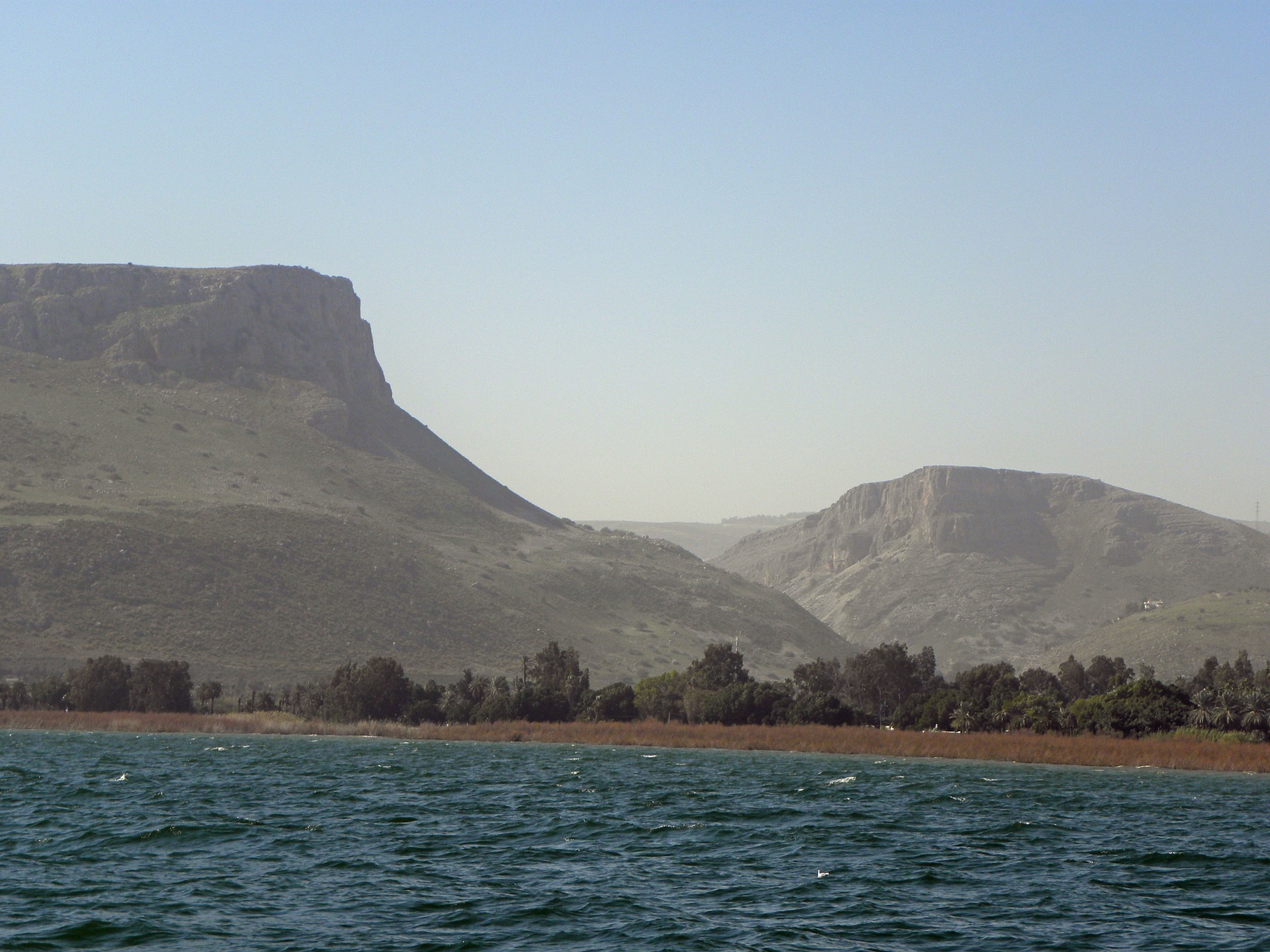
After a night of eating some of the best food I’ve ever tasted with a Druze family, we climbed Mount Arbel for a magnificent view of Lake Kinneret, aka the Sea of Galilee. For Bible fans, this is where Jesus supposedly walked on water. Today the lake is Israel’s largest way to obtain drinking water. A trail takes you past historic caves carved in to the side of a cliff. Once a fortress, it’s still possible to climb up and explore them.
Israel National Trail Experience
Passing through harsh but beautiful leave landscapes, green hills and lush valleys, Judaism kibbutz farms and Arab Bedouin communities, remote wilderness and international cities is what makes walking the His home country of israel National Path an unique adventure. Not to mention meeting local people by varying faiths and backgrounds willing to share their homes & hospitality with us. My favorite component? The Negev’s sweet environment. It was not what I was anticipating – very different than the type of mountains I’m even more accustomed to. The heat, the changing scenery, and the solitude I found there have inspired me to visit other deserts. Hiking small sections of the National Trek during the period of the week offered me a brief yet wide glimpse of this country, I’d love to return to indulge in the full six week experience.

